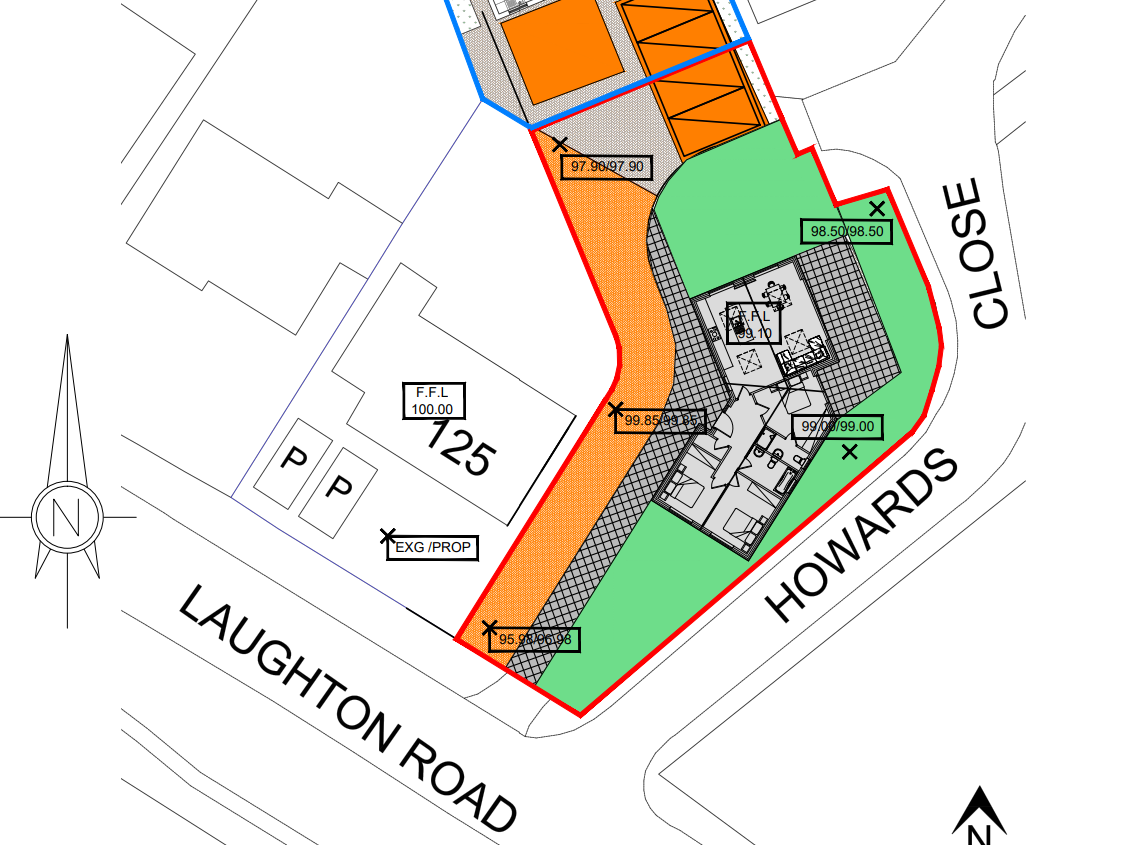To appeal or not to appeal – assessing cases where design is the main issue
If your planning application has been refused on design grounds, how do you decide whether it is worth going to appeal? Is there a relatively objective way of assessing your chances?
The Planning Inspectorate’s Inspector Training Manual
We have managed to get hold of the PINS training manual for appeal Inspectors and have checked its guidance in relation to design issues. It notes that planning applications should be accompanied by ‘a statement about the design principles and concepts that have been applied to the development’. Whilst acknowledging that many Design and Access Statements (DAS) are fairly uninformative as to why a development has been designed the way it has been, the Inspector Training Manual nonetheless notes, “A good DAS provides a starting point for your consideration of the proposal.”
The PINS manual advises Inspectors to consider the 6 factors set out on pages 5-7 of the National Design Guide, namely the layout, form and scale of buildings, their appearance, landscape, materials and detailing. In considering design, Inspectors are advised that:
“Good design will usually:
• Demonstrate an understanding of its context and shows how it has learnt from it;
• Respond favourably to a good environment or aim to lift a poor environment;
• Promote or reinforce local distinctiveness.”
In other words, it is vital to look at the context around the development site and show how it has influenced the design. It's all about the relationships between the proposed development and its context.
Quick assessment of your appeal chances
If you put yourself in the Planning Inspector’s shoes, provided with only with the application documents submitted to the local planning authority, would YOU approve the development? If your answer is hesitant, then it is worth doing a quick back-of-the-envelope assessment. How would you demonstrate to the Inspector that the design meets the above criteria?
If the original application did not have a Design & Access Statement, then outlining what you would put in a DAS is a useful stepping stone in making your decision on whether to appeal. The DAS will contain much of the evidence you will use to justify a design-focused appeal and is useful for flushing out whether you are likely to win the Inspector over to your point of view.
The DAS lends itself to being a more colourful document than the Appeal Statement of Case, providing the necessary evidence in the form of maps, drawings, photographs and design rationale. Rather than starting with arguments for the appeal Statement of Case, it can be helpful to start afresh with a review of how the Design and Access Statement would better convey a compelling case to the Inspector.
Re-thinking an existing Design and Access Statement
It is worth asking whether updating the Design and Access Statement would enable you to highlight benefits of the development that might have previously been overlooked, thereby improving your appeal chances. For example, in allowing an appeal for 80 dwellings at Loperwood Lane, Calmore, the Inspector noted, “The appeal scheme is accompanied by an updated Design and Access Statement that indicates that a significant part of the site would comprise green infrastructure.” This helped the Inspector come to the conclusion that the proposals, “would not result in adverse effects that would be sufficient to significantly and demonstrably outweigh the scheme’s clear benefits” (see appeal 3164266 at www.appealfinder.co.uk).
Making your decision on whether to appeal
If you can evidence why your design is well designed, using the National Design Guide to guide the evidence in the Design and Access Statement, then an appeal is likely to be worthwhile.
If you think your chances of success are lower than 50:50, then it may be better to amend the design and re-submit a revised application to the local planning authority. Provided the red-line application site, the description and the applicant are unchanged, a re-submission within 12 months of the date of the refusal qualifies for the 'free go' exemption from planning application fees. This provides a golden opportunity to upgrade your case, demonstrate your reasonableness and improve your chances of success.
If refused for the second time, the revised design will improve your third chance of success in a subsequent appeal to the Planning Inspectorate.
Worked example
An example of a fairly typical case of an infill development refused on design grounds is an appeal for a new dwelling on the corner site shown below, postcode S66 9BP, Appeal Ref: APP/P4415/W/20/3252382 available at www.appealfinder.co.uk.

The Inspector’s Appeal Decision is a typical example of PINS practice in relation to design, describing the context and how the proposed development relates to its surroundings. The Inspector's consideration extends well beyond the red-line appeal boundary. In this case, a re-design with an accompanying D&A to set out the design considerations may have resulted in a different outcome.
Extracts from the appeal Decision:
“4. The site is found at the end of a row of bungalow properties that are set a fairly uniform distance back from Laughton Road and with site frontages of a similar appreciable width. This side of the road also contains occasional cul-de-sacs and some dwellings that are set further back. It maintains a sense of spacing that contributes to a pleasing character, as does a landscaping belt opposite the site associated with a modern housing development.
5. Due to the narrow nature of the plot to the front, the proposal would have an untypical arrangement compared to the established pattern of residential development. It would be well set back from the building line of the adjacent row of bungalows on Laughton Road. In addition, as it would be located in close proximity to its Howards Close frontage, it would appear confined. Hence, it would be a cramped and uncharacteristic form of development in these more open surroundings.
6. As a consequence, the proposal would appear as an uncomfortable addition to the area, even if the hedgerow along the boundary with Howards Close would be retained with the proximity of the proposed dwelling. It would not fit into the streetscene and nor would this be adequately addressed by the proposed bungalow design. This is because it would not alter that it would appear out of character due to the narrow form of the plot.
7. I conclude that the proposal would have an unacceptable effect on the character and appearance of the area....
8. It would also not accord with the National Planning Policy Framework (Framework) in relation to achieving well designed places, including where it states that good design is a key aspect of sustainable development, that developments are to be sympathetic to local character and that permission should be refused for development of poor design that fails to take the opportunities available for improving the character and quality of an area and the way it functions.”
For more examples, use the search on the Appeal Finder home page.

